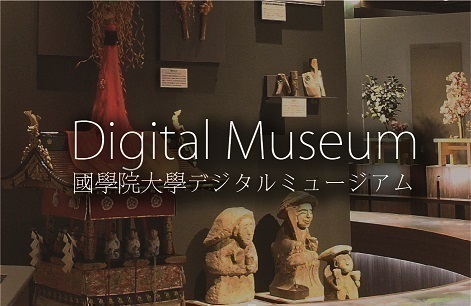- トップ
- Encyclopedia of Shinto
- Mano Tokitsuna
Encyclopedia of Shinto
| Main Menu: | |
| Links: |
詳細表示 (Complete Article)
| カテゴリー1: | 8. Schools, Groups, and Personalities |
|---|---|
| カテゴリー2: | Personalities |
| Title | Mano Tokitsuna |
| Text | (1648-1717) Mid-Edo-period priest (shinshoku) and Shintoist. His common names included Nuinosuke and Tarōtayu, while his epistolary names included Zōroku-ō, Matsukage-tei, Shūsen-ō, and Fujinami-ō. Born 1648 in Owari Province (present-day Aichi Prefecture), Mano was the son of Mano Shigetsuna, hereditary priest of the Owari shrine Tsushima (Gozu Tennō) Jinja. Following the instructions of his father he made scholarship the aim of his life, regarding it as the wellspring of his family's fortune. In 1663 he entered the academy of the Shirakawa (Hakke) Family, the traditional head priests (haku) of the Department of Divinities (Jingikan), where he received the Transmission of Jūhachi Shintō (Jūhachi shintō denju). He went to Kyoto in 1665 to study at the school of the Koga Family, but eventually returned home to receive a fundamental scholarly education from Yoshimi Naokatsu of the shrine Nagoya Tōshōgū. In 1668 he went again to Kyoto to spend about fourteen years of intense Shinto studies under Koga Masamichi and Urabe Kaneuo, acquiring the methods of philological (kōshōteki) research while keeping contact with intellectuals such as Matsushita Kenrin, Deguchi Nobuyoshi, and Amano Sadakage. Mano returned home when his father died in 1682 to take over the hereditary priestly duties of his family and to realize the aim of his forefathers by initiating a draft of Kokon shingaku ruihen (Encyclopedia of Shinto Studies Past and Present). He continued this work for more than thirty years, even after his retirement in 1703. In 1713 he published a first edition supplied with comments and a foreword by Matsushita Kenrin. Mano's interpretation of Shinto emphasizes the Three Imperial Regalia (sanshu no jingi) as the basis of morality while conceding auxiliary functions to Buddhism and Confucianism; as a result, his variety of Shinto is regarded as being close to Yoshida Shintō or Ise Shintō. Mano died at home in 1717 at the age of sixty-nine. His Buddhist ordination name was Shinkaku Ryōdō Koji. In addition to the works cited above, he was the author of Shinka jōdan (Trifle Talk of Shinto Priests), Jindai zukai (Explanatory Diagram of the Age of the Kami), Nakatomi no harae wakumon (Questions on the Nakatomi Purification Formula), Rokkon shōjō harae fūyōshō (Wind and Leaves Comments on the Purification of the Six Senses), Honchō gakugen naniwa shō (Comments on the Origin of Japanese Studies in Naniwa), Bishū [Tsushima] tennōsai-ki (Report of the Heavenly King Festival [of the Tsushima Shrine] in Owari). - Mori Mizue |




